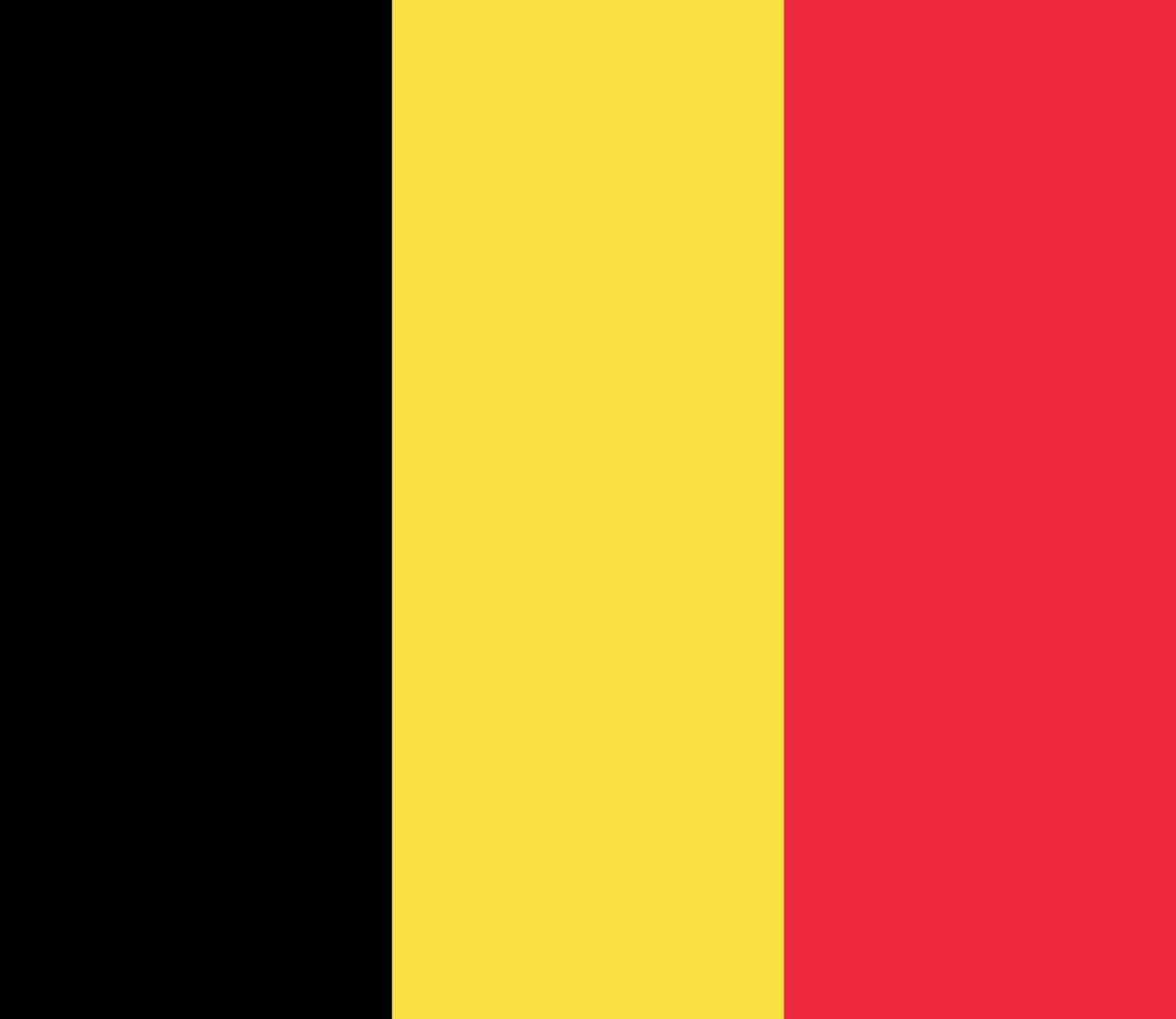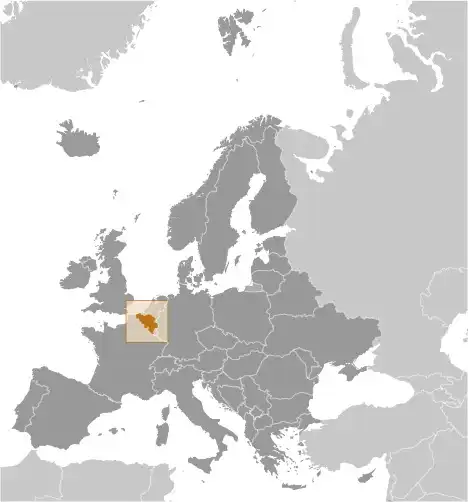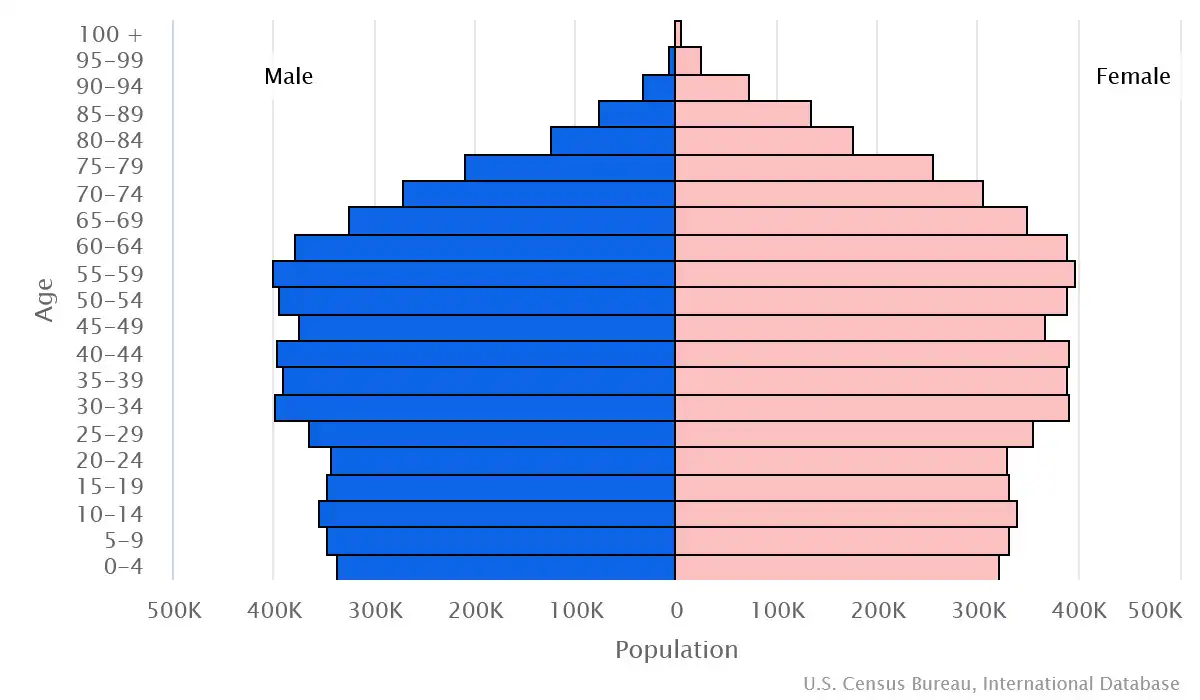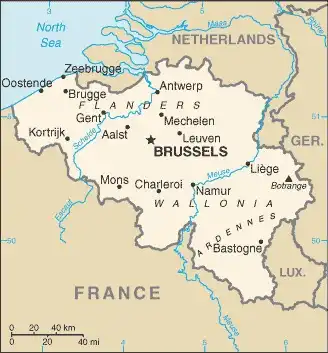
Belgium Country Profile
Key Facts of Belgium

| Government type: | federal parliamentary democracy under a constitutional monarchy |
| Capital: | Brussels |
| Languages: | Dutch (official) 60%, French (official) 40%, German (official) less than 1% |
Belgium Demographic Data
Ethnic Groups in Belgium(2012 est.)
Religious Groups in Belgium (2018 est.)
Age pyramid of Belgium

Belgium Economy Statistics
Economic overview of Belgium
high-income, core EU and eurozone economy; slow but steady growth supported by household consumption and energy shock recovery; high public debt and structural deficits linked to social spending; aging workforce with weak productivity growth and participation rates
Belgium Real GDP (purchasing power parity) in Billion $
Belgium Real GDP per capita in $
Belgium's Exports & Imports in billion $
Top 5 Import Partnerin 2022 (52%) of Belgium
Top 5 Import Commodities in 2022 of Belgium
- natural gas 💨
- refined petroleum ⛽
- cars 🚗
- packaged medicine 💊
- vaccines 💉
Top 5 Export Partnerin 2022 (59%) of Belgium
Top 5 Export Commodities in 2022 of Belgium
- natural gas 💨
- vaccines 💉
- refined petroleum ⛽
- packaged medicine 💊
- cars 🚗
Geography of Belgium
Map of Belgium

Land and Water Distrubtion of Belgium
Natural Resources of Belgium
- construction materials 🏗️
- silica sand 🏜️
- carbonates ⚪
- arable land 🌱
Climate inBelgium
temperate; mild winters, cool summers; rainy, humid, cloudy
History of Belgium - a Summary
Belgium became independent from the Netherlands in 1830; it was occupied by Germany during World Wars I and II. The country prospered as a modern, technologically advanced European state and member of NATO and the EU. In recent years, longstanding tensions between the Dutch-speaking Flemish of the north and the French-speaking Walloons of the south have led to constitutional amendments granting these regions formal recognition and autonomy. The capital city of Brussels is home to numerous international organizations, including the EU and NATO.
